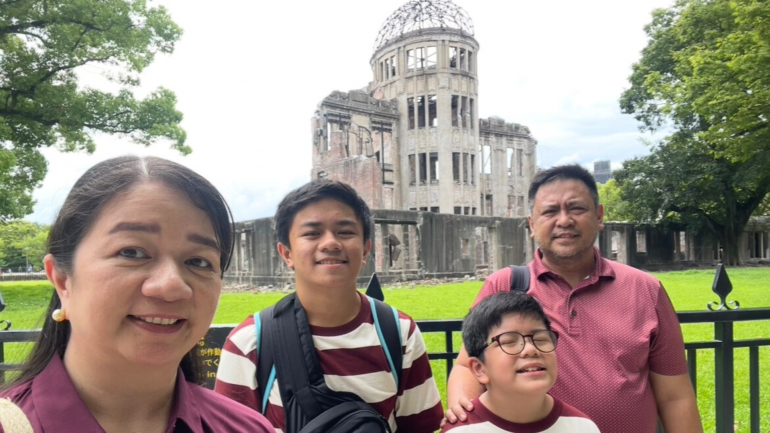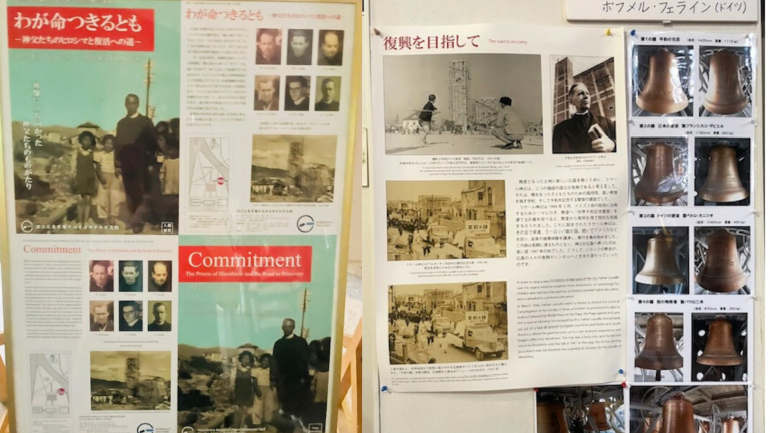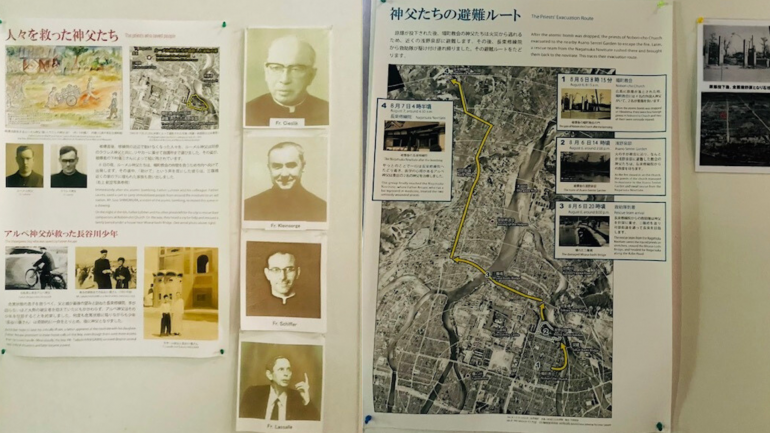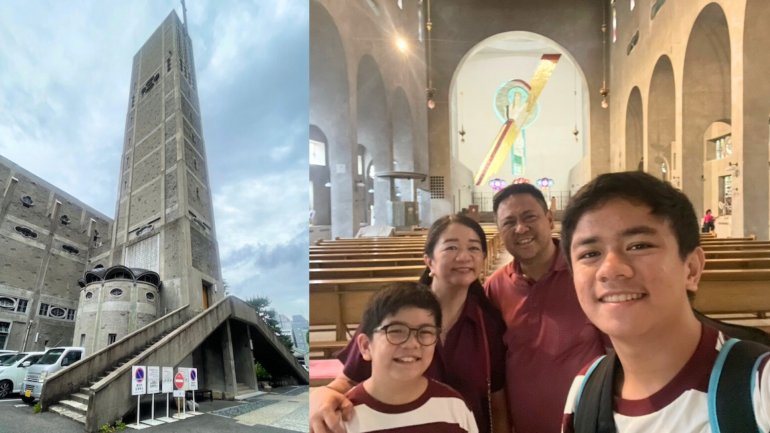From Ashes to Hope: The Story of Hiroshima

On August 6, 2025, the world observed the 80th anniversary of the atomic bombing of Hiroshima. During a recent visit to the city, I was struck by how Hiroshima not only serves as a stark reminder of human suffering but also marks the beginning of a journey toward healing. The Assumption of Mary Cathedral, located in central Hiroshima along the Motoyasu River, embodies this transformation. Rising from devastation, it symbolizes resilience, faith, and the enduring spirit of the people who rebuilt their lives and communities.
Even today, as conflicts unfold across the globe and nuclear threats persist, the tragedies of Hiroshima and Nagasaki remind us of the devastating consequences of war. On August 6, 1945, at exactly 8:15 a.m., the B-29 bomber Enola Gay dropped the first atomic bomb on Hiroshima, forever altering history. Visiting the city in June 2025, nearly eight decades later, was a deeply moving experience.
Atomic Dome
The Atomic Dome stands as a haunting emblem of the past, a skeletal structure preserved amidst modernity. It symbolizes both suffering and the indomitable human spirit. Walking through Hiroshima Peace Park, the lush greenery and solemn memorials contrast sharply with the devastation that once engulfed the city. Here, silence speaks volumes, intertwining stories of loss with those of hope and renewal.

Peace Museum
The Peace Museum, with its poignant exhibits, tells the harrowing tales of survivors while calling for peace. Each artifact echoes the past, yet also inspires a vision of reconciliation. The resilience of Hiroshima’s people transforms tragedy into a message advocating for peace and the abolition of nuclear weapons, a phoenix rising from the ashes. The Peace Museum stands as a testimony to the prophecy of Isaiah: "To bestow on them a crown of beauty instead of ashes, the oil of joy instead of mourning, and a garment of praise instead of a spirit of despair"(Is 61:3).
Legacy of Jesuit Service
In the immediate aftermath of the bombing, Jesuit priests such as Fr. Hubert Schiffer and Fr. John A. Siemes exemplified faith and courage. Miraculously unharmed despite being only a mile from ground zero, they dedicated themselves to providing medical assistance, comfort, and spiritual support to the wounded. Later joined by the young Jesuit Fr. Pedro Arrupe (who would become the 28th Superior General of the Society of Jesus in 1965), they attributed their survival to the intercession of Our Lady, Mary, who remains a source of hope in times of crisis.
Assumption of Mary Cathedral
Fr. Hugo La Salle emerged as a pivotal figure in the 1950s reconstruction of the Assumption of Mary Cathedral. His work was not merely architectural, it was a symbol of the city’s spiritual resurgence. The cathedral became a sanctuary where survivors could reflect, gather strength, and embrace healing, echoing the biblical verse, "You are the light of the world. A town built on a hill cannot be hidden" (Matthew 5:14).
Attending Mass at the cathedral reveals a profound exploration of faith intertwined with suffering, resurrection, and hope. Modern yet respectful of tradition, the building stands as a beacon of hope. Surrounded by the warmth of the predominantly Filipino community, I experienced the liturgy as both personal and universal, a space where grief transforms into redemption through divine grace.
The Assumption of Mary Cathedral, like Hiroshima itself, stands resilient, an enduring embodiment of the Church of Christ, nurturing love, hope, and unity in a fractured world. This pilgrimage was more than a visit; it was a heartfelt encounter with the past, a reflection on the consequences of war, and a celebration of life’s enduring spirit. It reminded me that even from the darkest moments, light can emerge.
Through Christ and the intercession of Our Lady, we are invited to rise, heal, and work toward a future marked by love and reconciliation. As I left Hiroshima, I carried with me a renewed commitment to honor this legacy, advocate for peace, and remember the lessons learned from the ashes of history.










